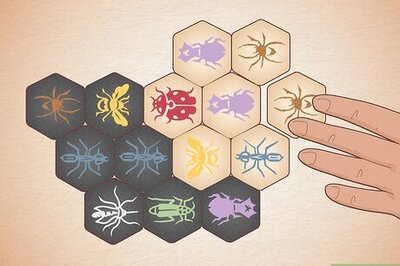
views
Over the years, the incorporation of technology in healthcare has resulted in improved patient diagnosis and treatment. Now, an app has been developed which may detect a very early stage of Alzheimer’s—a disease with which at least 50 million people are living in the world.
Developed by the researchers at the University of California San Diego, the software in the prototype app monitors minute variations in a person’s pupil size, which can be linked to pre-clinical neurological disease according to previous studies.
For facial identification, the software uses a near-infrared camera included in newer smartphone models, as well as a standard selfie camera to analyse how a person’s pupil varies in size.
Between April 30 and May 5, a paper was presented at the ACM Computer-Human Interaction Conference on Human Factors in Computing Systems (CHI 2022) in New Orleans with an explanation of how the technology works. But the study has yet to be peer-reviewed and published in a journal.
Catching the signs
The concept emerged from research that discovered the locus coeruleus was one of the first brain regions to show signs of Alzheimer’s disease.
This brain region is important for controlling pupil dilation, and early research found that people with mild cognitive impairment had more pupil dilation when taking a difficult cognitive test than people who were cognitively healthy.
As reported, Eric Granholm, one of the study’s authors, worked with a group of UC San Diego computer engineers to investigate if they could reliably obtain pupil dilation data using present smartphone camera technology. The result of the collaboration is the prototype smartphone app that may be used at home.
How the app works
In terms of the specifications of this app, it makes use of the near-infrared cameras present in today’s smartphones. The app can efficiently capture pupil diameters with sub-millimetre accuracy when combined with data from a smartphone’s colour selfie camera.
To make the app as user-friendly as feasible, the study team worked with a group of older people to create a simple interface that allowed the pupil response tests to be completed accurately from home. This involved creating a low-cost plastic attachment that fits over the phone and allows the user to position their eye in the proper position for the camera to record the pupil.
The work with older adults helped the team to learn about ways to improve the system’s overall usage.
However, the app is still a prototype and the commercial launch would take time. But the following steps will be to validate the app in patients with mild cognitive impairment and its measurements will be used to identify those with preclinical Alzheimer’s disease.
Read all the Latest Tech News here


















Comments
0 comment